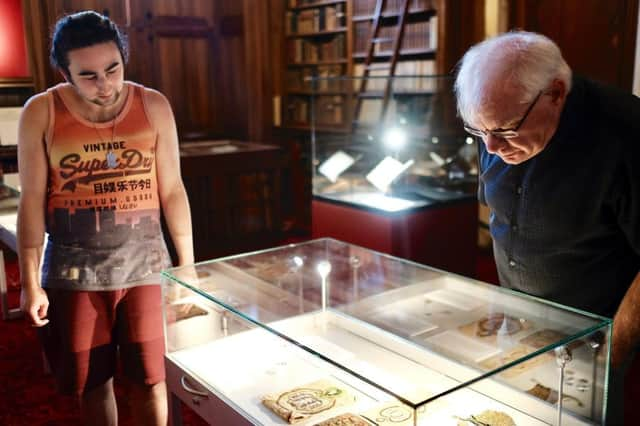Mount Stuart exhibition: There’s something about Mary Queen of Scots


‘Mary, Queen of Scots’ is the first in a new series of exhibitions uncovering rarely seen material from the Bute Collection, one of the UK’s foremost collections of art and artefacts.
Held in the Purple Library at Mount Stuart House, the exhibition features a diverse range of artefacts, artworks, manuscripts and books exploring the facts and fiction surrounding Scotland’s best known monarch.
Advertisement
Hide AdAdvertisement
Hide AdCharlotte Rostek, head of collections at Mount Stuart, said: Mary Stuart is one of history’s most compelling and controversial characters and has been the subject of paintings, plays, books and films from the time of her execution in 1587 to the present day.
“At the centre of the exhibition is an original manuscript containing Sir Robert Wingfield of Upton’s captivating eyewitness account of Mary’s execution in February 1587.
“The Bute owned manuscript is the most comprehensive description of Mary’s final hours. The graphic account is joined by rare contemporary 16th century depictions of the Queen, amongst them a charming, hand-drawn illustration by an anonymous Scottish scribe showing the tall Queen towering over her diminutive French husband.
“Other items never previously shown in public include intriguing ‘relics’ and objects said to have belonged to Mary; portraits of the Queen; a copy of the Proclamation of Guilt issued by Elizabeth I; and Marian literature ranging from the 16th to the 20th century in several European languages.
“The finishing touch is provided by the first ever ‘Hollywood’ film about Mary – an 18-second long silent film, produced in America by Thomas Edison in 1895, which was the first ever to use special effects in order achieve the effect of the Queen’s decapitation.”